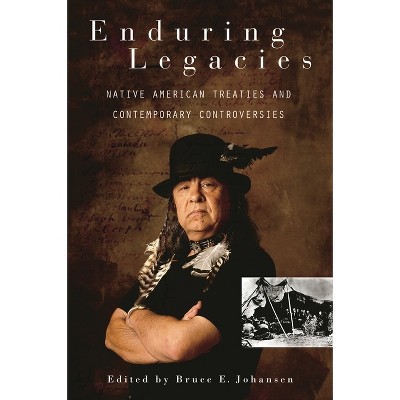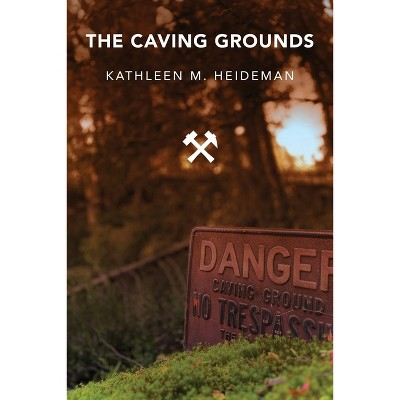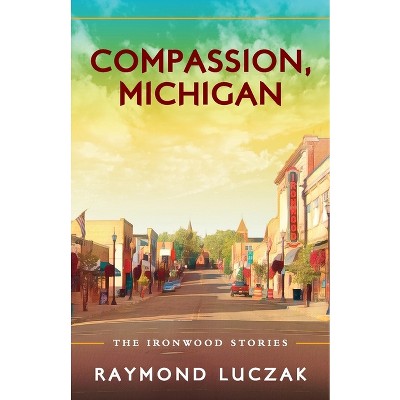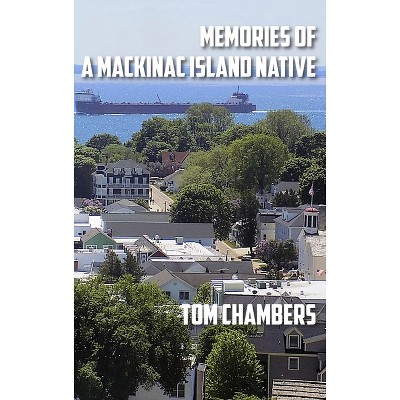Sponsored

Enduring Legacies - by Mary V Tippett
In Stock
Sponsored
About this item
Highlights
- On November 3, 1926, catastrophe struck the Barnes-Hecker mine near the small town of Ishpeming in Michigan's Upper Peninsula.
- Author(s): Mary V Tippett
- 246 Pages
- Technology, Mining
Description
About the Book
On November 3, 1926, catastrophe struck the Barnes-Hecker mine near the small town of Ishpeming in Michigan's Upper Peninsula. In less than 15 minutes, the mine caved in when a torrent of mud, water and debris collapsed, taking 51 lives.
Book Synopsis
On November 3, 1926, catastrophe struck the Barnes-Hecker mine near the small town of Ishpeming in Michigan's Upper Peninsula. In less than fifteen minutes, the mine caved in when a torrent of mud, water and debris collapsed, taking the lives of fifty-one men. Forty-one men were never recovered. The accident was the worst iron ore mine disaster in the history of the State of Michigan, and indeed, the entire United States. Enduring Legacies gives voice to descendants, family members and others connected with the tragedy - and provides salient facts sourced from mine records, contemporaneous news stories, and rare documents and photographs. People from seventeen states and five countries (including the U.S.) participated in this enduring gift to posterity.
"Enduring Legacies: People of the 1926 Barnes-Hecker Mine Disaster is about a shared experience, and it reveals that it was shared by many. Some of the chapters uncover the experience of people who did not lose a husband or father, but a friend, a fellow miner, or a member of a community. This book displays a support structure for a devastated community. Taken as a whole, it shows readers that the bonds between people affected by the disaster, whether it be in 1926 or 2026, make the legacy of the Barnes-Hecker an expanding story." (from the Foreword) -- Troy Henderson, Historian, Michigan History Center, Michigan Iron Industry Museum
From Modern History Press
Review Quotes
"Enduring Legacies: The People of the 1926 Barnes-Hecker Mine Disaster presents the stories from descendants in a rich collection that reveals what happened to the widows, parents, siblings, and children after the sudden death of 51 men in a small and close-knit community. How did they cope in the days after the cave-in? How did they move on in the months and years after a chair at their dinner table remained vacant? How would they relay the stories of their loved ones to their grand-children and great-grandchildren? How did the memories of the 51 men, most of which are still entombed in the abandoned iron mine, weave through generations of people? This book is about a shared experience, and it reveals that it was shared by many. Some of the chapters uncover the experience of people who did not lose a husband or father, but a friend, a fellow miner, or a member of a community. This book displays a support structure for a devastated community. Taken as a whole, it shows readers that the bonds between people affected by the disaster, whether it be in 1926 or 2026, make the legacy of the Barnes-Hecker an expanding story." -- Troy Henderson, Historian, Michigan History Center, Michigan Iron Industry Museum
Shipping details
Return details
Frequently bought together












